Beef is known as food since time immemorial. Romans, Carthaginians and Germans bred the animals and have used them most efficiently. Today every country has its own breeds that suit local conditions.
These are grazing animals bred for centuries by people inhabiting Asia, Europe, the Middle East and North Africa. It is believed that the first were involved in agriculture near Crete and northern Anatolia.
Initially, cattle were much larger than today's representatives, and some were even larger than an sled oxen. Over time, that kind of birthright gave way to artificially bred and selected breeds, highly prized by the ancient people because of the high cost of beef meat and milk, and skin.
Over hundreds of generations, particular types of selections were kept for meat, while others - especially for milk. Today there are several types of artificial cattle and countless selections. From all of these, only 32 species have been described as a good source of good meat. It has been shown that the taste of the meat and its resilience depend on both the breed and the age and the type of farming of cattle.
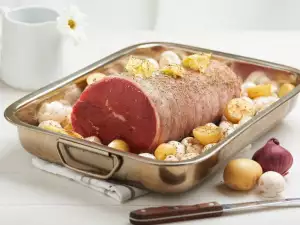
Composition of beef
Beef contains water and protein, large amounts of potassium and sodium. It is composed of a large number of vitamins - E, C, B6 and B12, minerals - phosphorus, magnesium, manganese, copper, selenium, iron, thiamine, zinc, choline. Beef has aspartic acid, alanine, arginine, glutamic acid, cysteine, histidine, tryptophan, and more.
100 grams of beef contains approximately 155 calories, 20 g protein, 7 g fat, 0 g carbohydrates, 330 mg potassium, 62 mg cholesterol.
Selection and storage of beef
Beef is estimated by the age of the bovine, fat tenderness. The more speckled it is, the more tender and juicy. Color and texture also play an important role in the selection of beef.
Premium beef is naturally the most expensive. In this category falls the most fragrant and tender meat. The meat you buy should be a bright red in color. Avoid beef, which is gray and even looks tired. Too much juice in the package is an indicator of already thawed meat, so do not buy it.

We recommend that you buy pieces that are cut thin and well - a bit more expensive, but in contrast, have more usable meat, which ultimately means that it is almost the same. Keep beef like other meats - in the fridge, or freezer.
Cooking Beef
Ribs, sirloin and rib steaks are usually cooked by dry heat, other parts in an oven, or on a grill. Some may be sautéed.
Lean beef typically contains more muscle and less fat. It is best to be prepared by steaming or boiling continuously. Tough beef meats include chest, shoulder, topside, neck and rump.
If you want to cook beef more quickly, beat with a wooden mallet, and add 2-3 tablespoons of vinegar to the water. It is recommended that beef can be combined with vegetables.
Beef is very gracious of tampering. Laurel is a universal spice, which could easily flavor roast beef, for example. Other very appropriate spices are cumin, ground red pepper, black pepper, oregano, thyme, rosemary/ careful with the amount/ coriander, allspice, tarragon and sage. Of course, there are some herbs that just go with the taste of beef. These are mint, fenugreek and savory.
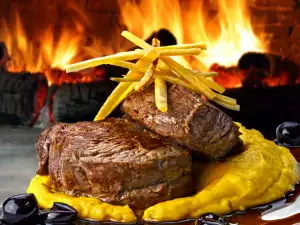
Benefits of beef
Beef is one of the best sources of vitamin B12, it is also a valuable source of protein. Vitamin B12 is involved in the construction of nerve cells and maintains blood and nerve cells in good condition. At the same time, it is very low in fat. Beef is high in iron, which makes it suitable for consumption by adolescent children and pregnant women. Beef is a great source of zinc, which helps the immune system.
Fenilanine is an amino acid that is found in large quantities in beef. It causes several reactions in the body, but more interesting is that it counteracts depression and increases the level of norepinephrine in the brain. Second, beef contains creatine phosphate, which plays a crucial role in obtaining energy from cells.
Dangers of beef
Along with many benefits, the consumption of beef has some negatives. Frequent use of the meat is associated with a higher risk of heart disease, unless it is dominated by fats, which increase bad cholesterol levels.
Cholesterol in turn causes obesity and the problems that it causes are many. Of course, moderate consumption of beef can cause damage, but - provides the body with iron and other essential vitamins and minerals.
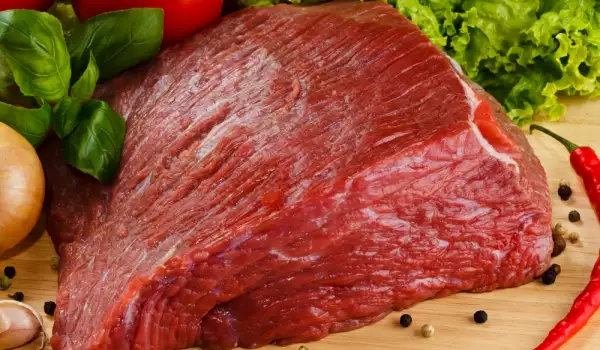
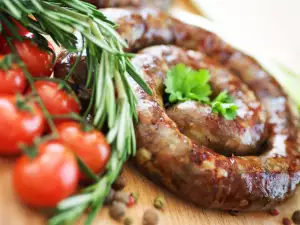
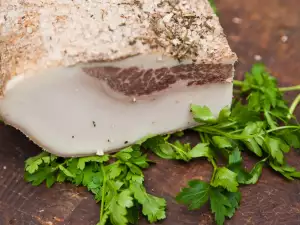
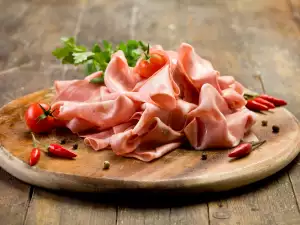

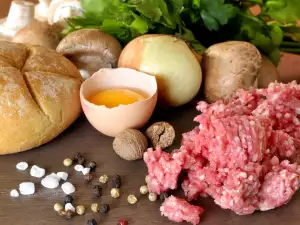
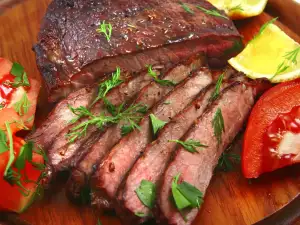
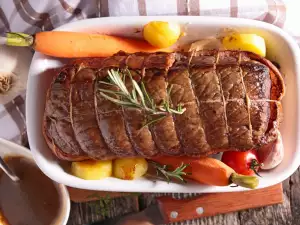
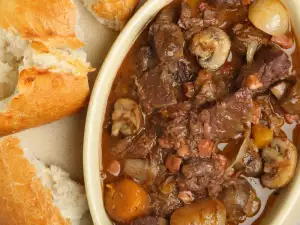
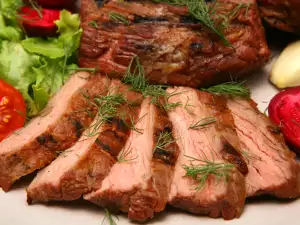
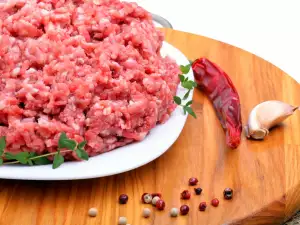

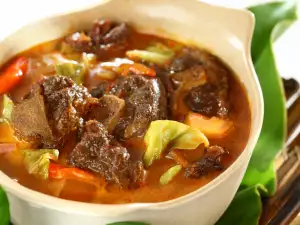
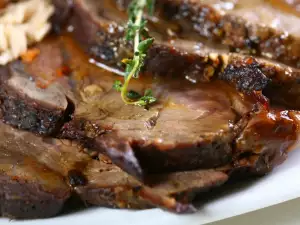

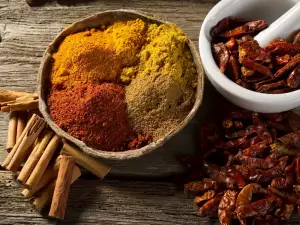




Comments